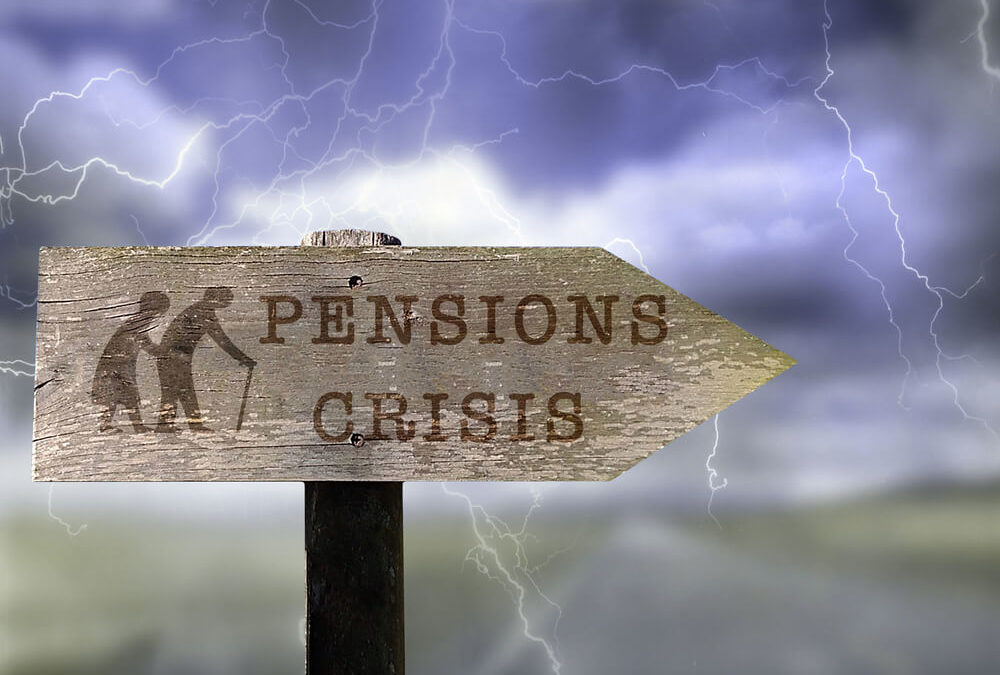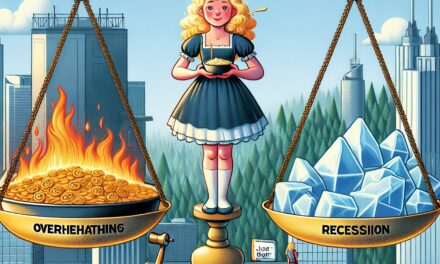Funding for Social Security in the United States is running out, so Sweden’s partially privatized approach to benefits may be worth looking into to sustain the life of the program as more and more baby boomers reach retirement age.
A recent report showed Social Security funding in the U.S. will be insolvent by 2035, which could mean big cuts to the program once its trust fund runs dry. But reforming the program has apparently not been a high priority for politicians in the U.S. government. Maybe some inspiration from other successful countries around the world could help.
While reforming its pension program in the 1990s, Sweden took a different approach to its own Social Security system by partially privatizing it. Both employees and employers contribute 18.5% of workers’ salaries into Sweden’s pensions system, a staggering increase from the 6.2% payroll tax in America that funds the program, along with a 6.2% employer match. Employees can then take around 2.5% of what they contribute and place it in a “premium pension,” which can be invested how the individual sees fit. Sweden even offers a list of funds to choose from, according to MarketWatch.
So while the Swedes pay exorbitant taxes no one in the U.S. would want to pay, they might just be onto something by privatizing a portion of the bedrock retirement program.
“It could potentially lead to an increased future pension because of financial returns, and also to diversify the source of funding,” said Hervé Boulhol, the Organization for Economic Cooperation and Development’s senior economist.
The pension was separated into individual accounts to create more interest and commitment in the program, and the psychological effects of seeing contributions going into an individual account are actually encouraging Swedes to work longer, according to a Wall Street Journal report.
But it’s not a completely smooth process. The Swedish systems encourages workers to put some effort into researching the right fund for their own portfolios, but the right choice isn’t always obvious, leading to bad investments.
There’s also a growing outcry from new parents and women who are looking to get their fair share out of the system.
“These groups feel they are not getting out from the system what they should get,” Sweden’s Minister for Social Security Annika Strandhall said. “They also feel like they have lost when they changed the pension system in the ’90s.”
U.S. President George W. Bush sought privatization of Social Security in the early 2000s, but he was met with resistance by critics arguing that a market downturn would hurt Americans’ future retirement security. There have been some efforts to extend the program’s solvency, including the Social Security 2100 Act that is currently making the rounds in Congress.
But Sweden’s program has been sturdy in the face of market volatility, and even survived the Great Recession, according to Boulhol.
“The system proved to be resilient,” he said.




